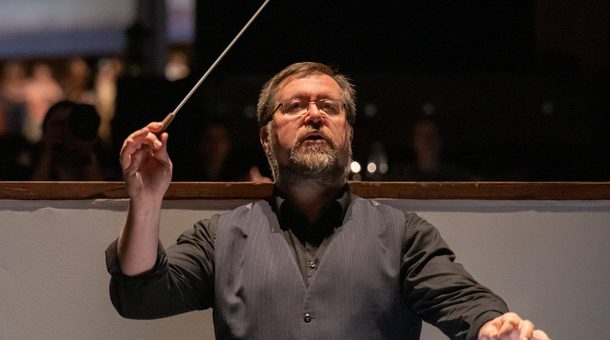News Story
It was with great sadness that I learned of the death of the great ballerina, Lynn Seymour. The news of Lynn’s death has reverberated around the world and has triggered a moving outpouring of admiration for her unique artistry and will have impacted on everyone who witnessed her performances or who worked with her. I personally had the great privilege of working with Lynn during rehearsals with Tamara Rojo for Sir Kenneth Macmillan’s Manon at The Royal Ballet and witnessed at close quarters her unique artistry. Lynn will be sorely missed, but her influence remains with us, to ignite meaning in the performances of future generations.Carlos Acosta
Lynn Seymour, creator of many of the great ballerina roles in the Company's repertory, died on 7 March on the eve of her 84th birthday.
Born in Alberta, Canada, she studied ballet in Vancouver, and moved to the UK to complete her training at the then Sadler’s Wells Ballet School. After dancing with Covent Garden Opera Ballet for a short while, she joined the Royal Ballet Touring Company (one of BRB's previous incarnations) in 1957 and then moved to The Royal Ballet in 1958 and created Adolescent in Kenneth MacMillan's The Burrow that same year. She was promoted to Principal the following year.
Image gallery
A gallery slider
A gallery carousel of 5 items
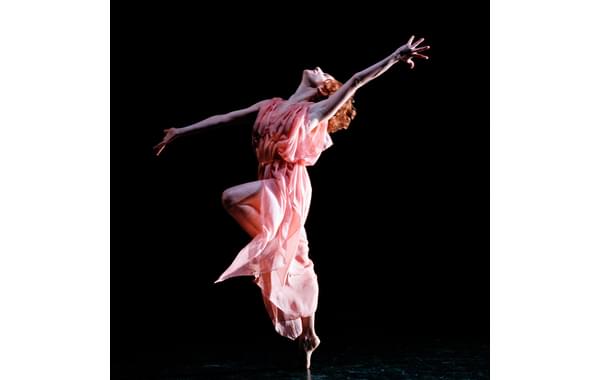
Five Brahms Waltzes in the Manner of Isadora Duncan: Molly Smolen
Credit : Bill Cooper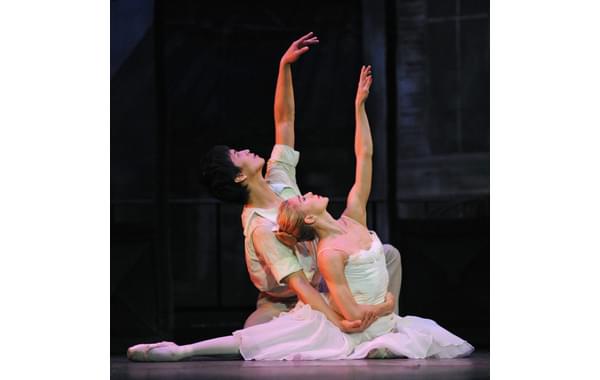
The Two Pigeons: Chi Cao and Ambra Vallo
Credit : Bill Cooper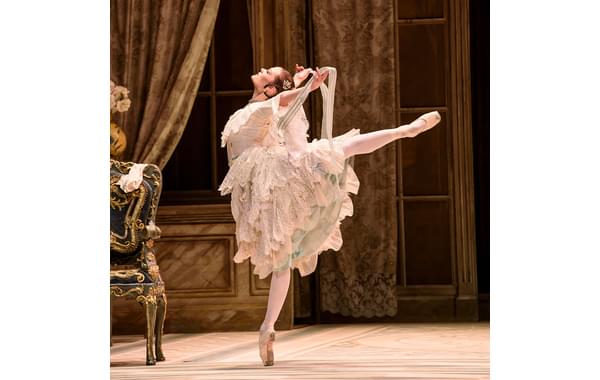
A Month in the Country: Delia Mathews
Credit : Bill Cooper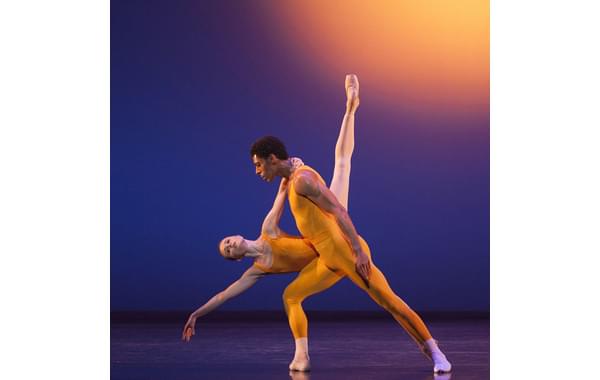
Concerto: Jenna Roberts and Tyrone Singleton
Credit : Caroline Holden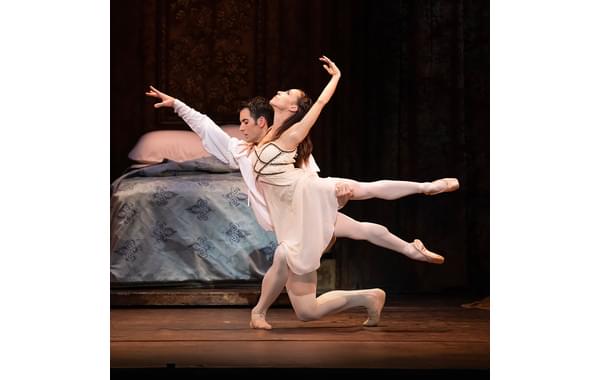
Romeo and Juliet: Mathias Dingman and Beatrice Parma
Credit : Bill CooperOne of the most iconic roles that Seymour created was Young Girl in Ashton’s The Two Pigeons (1961), a piece still in the repertory of Birmingham Royal Ballet. This was the start of her great partnership with fellow Royal Ballet Principal Christopher Gable, with whom she went on to create and dance in many more works, most famously creating the title roles in MacMillan's Romeo and Juliet (1965), although Margot Fonteyn and Rudolf Nureyev danced the roles in the ballet’s premiere.
In 1966 she become prima ballerina at Berlin Opera Ballet under Kenneth MacMillan’s direction. She remained there until 1969 and danced in the first performance of MacMillan’s Concerto and as Anna Anderson in MacMillan’s one-act version of Anastasia (1967).
Seymour returned to The Royal Ballet as a guest artist in the 1970s, specialising in works by Ashton and MacMillan. She created the title role in MacMillan’s three-act version of Anastasia (1971), Queen of the Cabaret in The Seven Deadly Sins (1973) and Mary Vetsera in Mayerling (1978) for MacMillan. Ashton created the role of Natalia Petrovna (A Month in the Country) and the solo Five Brahms Waltzes in the Manner of Isadora Duncan on her in 1976.

During the 70s and 80s she choreographed works for Rambert Dance Company, Sadler’s Wells Royal Ballet (now Birmingham Royal Ballet) and Galina Samsova. She was made a CBE in 1976. She went on to become Artistic Director of Munich State Ballet (1978–80).
She came out of retirement in 1989 to dance Tatiana in Cranko’s Onegin for English National Ballet and MacMillan’s Anastasia in New York, and in the 90s danced with Adventures in Motion Pictures in Matthew Bourne’s Swan Lake and created the role of the Stepmother in his Cinderella.
Her final administrative post was as Artistic Director of Greek National Ballet (2006–7).
A personal tribute from Marion Tait, Rehearsal Director and Coach, and former Principal
I feel so very fortunate that I was able to witness just some of the remarkable work of the extraordinary ballerina, Lynn Seymour.
She was a unique talent who quite simply inspired some of the greatest choreography of the 20th century.
It is no wonder that Kenneth MacMillan produced some of his most lasting masterpieces, utilising both Lynn’s extraordinary physical beauty and of course also her ability to completely and utterly submerge herself in a vast range of dramatic, heart wrenching roles that will be remembered by all who saw them.
a unique talent who quite simply inspired some of the greatest choreography of the 20th centuryMarion Tait
Lynn also proved the perfect muse for Frederick Ashton. Who could ever forget her Natalia Petrovna in A Month in the Country? - a perfect example of not only the depth of emotion that she was able to communicate but also her physical ability to 'speak with her feet'.
Lynn Seymour has left us a priceless legacy.
She was never about 'the highest leg' or 'the most pirouettes' and I want to give my personal thanks to Lynn for the roles that she created. Attempting to 'inhabit' those roles most certainly gave me the opportunity to grow as an artist.
